

Goff Books
“You should feel gratified that your work resonates with so many people after all these years. But, of course, that’s what it means to be timeless.”
Michael Bierut, designer/ partner, Pentagram/ New York
Goff Books
Books

“The Boys”
Bruce Blackburn (left) and Richard Danne, photographed in the new Danne & Blackburn Studios at One Dag Hammerskjold Plaza, New York City in 1975. This image was taken soon after the release of the core NASA Graphics Standards Manual.
Goff Books
Our NASA redesign program had a spectacular ride, then suddenly it was gone. Yet decades later, it came roaring back to life!
It was October 1974, and my partner Bruce Blackburn and I were headed to Washington, D.C., for our initial design presentation to NASA administrators. The National Endowment for the Arts’ “Federal Graphics Improvement Program” was quite new, and the NASA redesign was both an early and important test. There were very few NEA guidelines for this phase of work, but we had really knocked ourselves out... going the extra mile. Danne & Blackburn had invested an extraordinary number of hours on research, design development, and the presentation. Why would we do this? Not just because we wanted to look good – we did – but because we felt pressure to gain a quick and vital victory for the NEA. No doubt about it, a lot was riding on this one.
After the successes of the Mercury and Apollo programs, NASA now found itself in a slump, impatiently waiting for their Space Shuttle program to kick in. There were no automatic headlines for the agency now. Also, though the NEA had convinced NASA to embark on the redesign, the agency wasn’t obligated to go the distance. Most of the federal agencies that signed up for redesign were just as cautious. Agreeing to a Phase 1 study didn’t mean a commitment to implement the study’s conclusions – it just meant, “Let’s see what you’ve got.”
Many of us who worked on these massive federal redesign projects were surprised that all of this was happening on Richard Nixon’s watch, but the NEA’s Nancy Hanks was the real force behind it all.
Goff Books

Copy Cat Culture!
A popular segment of my lectures and podcasts features the pervasiveness of logos and fonts clearly influenced by our NASA logotype. And this is especially true if the subject is space, flying, technology, or most anything about the future!
Here is a random selection from this look-alike phenomenon which audiences enjoy.






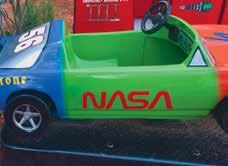
Goff Books
General Motors was the very first to use cloning for a marketing edge.
This great musician used all the letters for his video title.
The 2018 Olympic snowboarding team with space-theme apparel.
Virgin America refreshment cart on a flight to New York.
Play Station looks ahead with style.
Still prominent in the American landscape, here a Kiddie Kar ride at a mall.
The new high-tech electric bike from Brooklyn-based Tarform.

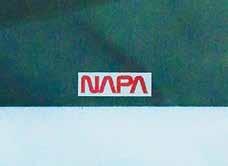



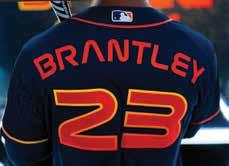


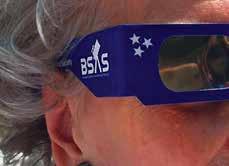
Goff Books
“The Martian” blockbuster movie with its ARES III logo font.
Driving in our hometown when a van pulls alongside with this window sticker!
NASA’s own online retail shop for space memorabilia.
Bold, innovative electric delivery van arriving from the UK.
The newest uniforms for the “Space City” Houston Astros baseball team.
The Boeing Leap logo on an enormous engine for its “Dreamliner” aircraft.
San Francisco’s Betabrand apparel sports a familiar look on their “space jacket.”
During a recent Solar Eclipse, protective glasses with similar font.
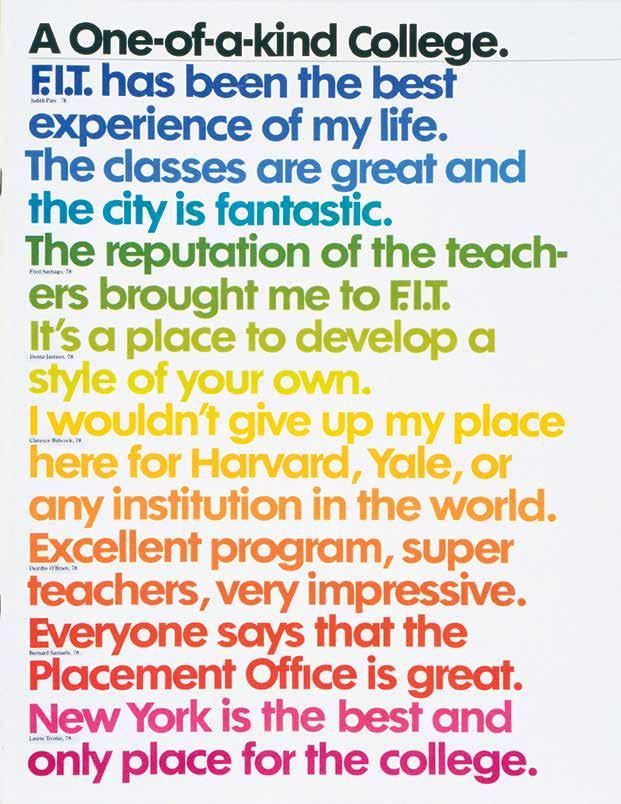
This is one of our early recruiting brochures published in alternate years for high school students. It is tabloid-size with student quotes wraping around all covers. 1976
Goff Books
Nancy Yedlin was head of FIT College Relations Division which encompassed all communications, recruiting, and marketing for this unique college. It was 1969 and she had noted my award-winning work for State University of NY, of which FIT was a member college. Her inquiry was simple: “Would you like to tackle our next View Book?” (the trade jargon for recruiting brochure). Our interview was delightful and, frankly, it seemed pre-destined. For all the serious budget constraints over the next dozen years, we created imaginative work, won gold medals for Nancy, and thoroughly enjoyed the trip. In 1982, she wrote:
“...You and your staff have been a total delight to work with. Creative, responsive, patient and understanding, committed and striving for perfection, you always somehow manage to maintain your sense of humor. No wonder I want our relationship to be a continuous one.”
Nancy contracted cancer a few years later, and she succumbed after a long and wrenching struggle. I lost a very dear friend and kindred spirit.


Goff Books
Two other spreads from the 1976 recruiting publication: New York City as extended campus; Quotes about the college.


The dust jacket of our hard cover book for Pratt & Whitney, the renowned engine manufacturer.
P&W built the radial engines and sponsored the historic flights of both Amelia Earhart and Linda Finch, exactly 60 years apart.
Goff Books
Amelia Earhart was a successful aviator – the darling of an era – and model to young girls all across America and around the world. Often referred to as an original feminist, she retained those special qualities that made her popular with both genders, popular beyond measure. Her tragic loss, attempting to circumnavigate the globe in 1937, was incalculable to the American psyche.
By the Fall of 1996, H. Christian Conover had been a client for some decades. Our relationship had spanned several organizations including the New York Power Authority, United Technologies, and Pratt & Whitney where he now worked. Chris called one day, “How would you like to do a book about Amelia Earhart’s World Flight?”
“Are you kidding? Yes, of course!” I said tripping over my own enthusiasm.
Pratt & Whitney had built the original Wasp engines for her Lockheed Electra back in the 30s and been an important contributor to her success. And now, some 60 years later, a Texan aviator by the name of Linda Finch was planning to duplicate that World Flight voyage – but with a very different ending!

Goff Books

Goff Books
People can differ on why the world’s climate is changing so radically, but there is little argument that it is. Temperatures rising, Arctic ice thaws, higher sea levels, marine migration altered, social disruption, more frequent and severe hurricanes, fires, and storms. Climactic weather!
Our firm’s client roster always included one half non-profit organizations. We felt it was important – an obligation to support the public good. This section features two long-term clients whose timely, critical narratives yielded successful fund-raising campaigns and program goals achieved: Woods Hole Research Center Center for Coastal Studies
Goff Books

Goff Books
The Center for Coastal Studies is well known for whale research and rescue – important for the survival of these endangered mammals.

Goff Books

Cape Symphony Orchestra There is nothing quite like a large symphonic orchestra performing at full force – it is a truly dynamic experience.
The CSO is one of the best regional orchestras in the country and we were invited to create a new design and marketing program for the organization. It all started with a new symbol to establish that a major change was underway. Then in logical succession, we initiated new advertising, marketing, and finally, their first web site. The program continued to develop over a nine-year period and was both cohesive and successful.
Enough so that the Orchestra moved in 1999 to a much larger, more effective performance hall with greatly expanded possibilities. Our main contact through those transformative years was Marketing Director Lisa Sheehy. Working together was delightful, and we built a solid professional and personal relationship. As we headed west in 2005, she expressed these comments, “They handled all identity, marketing and advertising, and their designs produced tangible results in both ticket sales and increased Orchestra recognition.” It was a labor of love!

Goff Books
An ad series created when the orchestra was moving to a new venue. Goals were to announce the big move, and humanize the performers by highlighting their hobbies and avocations. 1999
CSO symbol anchors the entire program and embodies music notations, violins, and the sea. 1996
right: “Sounds for All Seasons” performance calendar with both classical and pops concert highlights. 2003

CSO’s very first web site was interactive including ticket sales. 2004
Goff Books

20 second opening titles for NASA Public Service broadcasting, created and produced in 1977.

Goff Books

National Aeronautics and Space Administration A great design program has many applications in various mediums. After the basic principals are established in the form of a style guide or manual, designers apply graphics to everything like web uses, packaging, vehicles, signing, advertising, television, and other appropriate media.
In the case of NASA, they required opening and closing titles for their educational science shows created for the public good.
I designed these titles as a NASA “special project,” a couple years after our design program was introduced to the public. These were among the very first computer animations produced in New York City. The work was done at Dolphin Productions, and they were a real breakthrough at the time, done for a fraction of the cost of conventional animation!
The sound tracks were really special. The opening titles started with all synthetic music sound as the infinity symbol morphs into the planet.
As the daVinci Man emerges, an acoustic cello overlays the basic track, creating a wonderful interplay – the past and the future.
For the closing title, we employed a hushed synthetic sound to enhance the space roll and soft landing of the logo.


Goff Books

Paint schemes were developed for each type of aircraft in the fleet. Detailed guidance – upper right – included top and bottom of each type. 1980
Goff Books

European communications have been poster-driven for many years, and there is a lengthy legacy of outstanding poster design. The best designers have produced memorable images and messaging which were often the main mode of advertising. But even that has changed as the internet has become more dominant. The medium never gained real popularity in America, but here are a select number of examples from my own career. (Other posters appear throughout this book.)
From

Goff Books
a series of six-foot posters designed to anchor a one person exhibition at The Museum of Art, Oklahoma University. 1966
Norman Mailer: “Anxiety is the natural role of 20th Century man.”

“The one means that wins the easiest victory: terror and force.”
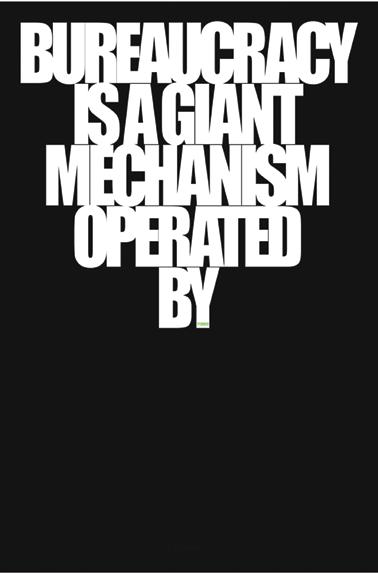
“Bureaucracy is a giant mechanism operated by pygmies.”
Goff Books
Adolf Hitler:
Honore de Balsac:
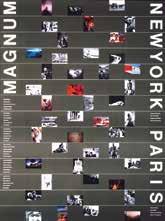


Here is a sampling from the Fall 1988 exhibition at the Museum of Art, University of Oklahoma. The entire show was shipped and presented again at my alma mater, Oklahoma State University, and Gardiner Art Gallery, in the winter of 1989, with a Master’s class for students.






Goff Books
Potlatch Corporation: Annual Report.
Simpson Paper: Corporate Communication.
Harvard Business School:: 75th Anniversary publication.
NYPA: Design Standards Manual.
Print Magazine: “Black & White” invitational exhibition.
Magnum Photographers: Anniversary poster. Bell Laboratories: Scientific Achievement Awards. NASA: Closing TV titles.
SD Scott: “A Collection of Time” calendar.
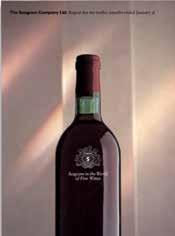




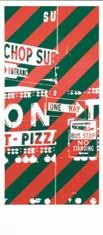





Goff Books
Mead Paper: “New York New York.”
NASA: Graphics Standards Manual.
Seagram Company: Fine Wine Annual Report.
Westinghouse Broadcasting: Album of World War II victories.
Federal Aviation Administration: Total redesign of the Agency.
National Air & Space Museum: “Columbia” posters.

Goff Books
Penikese Island School: Roll-out brochure for a small school for wayward boys in trouble with the law. 2001
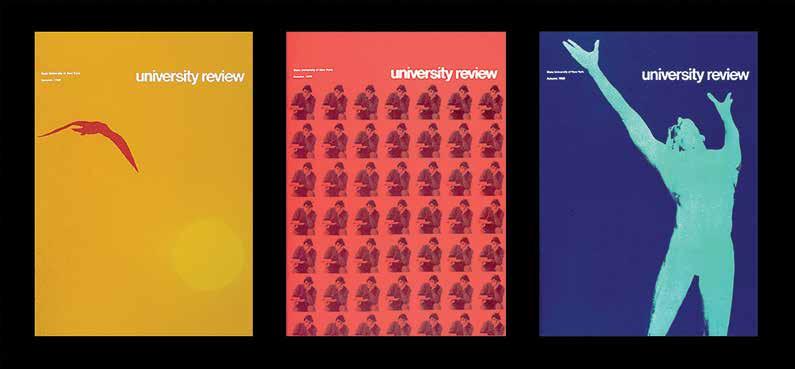
for
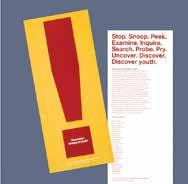
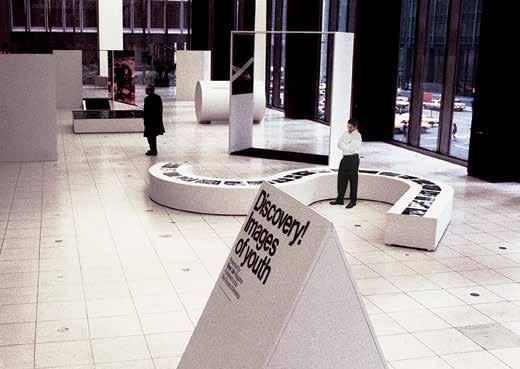
Boys Life Magazine: A traveling photography exhibit “Discovery – Images of Youth” previewed in NYC before touring the US. 1972
Goff Books
State University of New York: A “think’ publication
faculty & influencers. left to right: Summer on the Adriatic, Classroom boredom, Evolution. 1966-72

